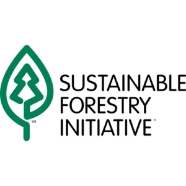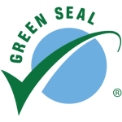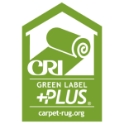HAPPY 2014! INTERESTED IN LEARNING MORE ABOUT LEED? READ ON! THE ARTICLE BELOW OUTLINES ALL OF THE LATEST UPDATES THAT HAVE BEEN MADE TO CURRENT LEED ADDENDA AND CRITERIA (SUCH AS RECOGNIZING WOOD WASTE AS A RENEWABLE ENERGY SOURCE!). CHECK IT OUT:
LEED Addenda and Interpretations Update: January 2014
Published on 3 Jan 2014 Posted in LEED
January 1st quarterly addenda to the LEED rating systems and reference guides are now available. Use the credit library to access the new LEED Interpretations.
INTERPRETATIONS
There are 71 new LEED Interpretations (10292, 10298—10367), including 65 for Homes and Multifamily Midrise (1003—10367). Here are some highlights:
- Demonstrating compliance for LEED O+M: Existing Buildings SSc8: Light Pollution Reduction by following values listed in LEED BD+C: New Construction SSc8: Light Pollution Reduction;
- Applying ASHRAE Interpretation ASHRAE/IES IC 90.1-2007<em>baseline pump power;
- Expanding the definition of renewable energy sources to include specified wood waste;
- Calculating building-level diversion rates for individual building projects on a campus;
- Including biodegradable/compostable trash can liners in purchases for IEQc3.3: Green Cleaning—Purchase of Sustainable Cleaning Products and Materials;
- Determining connectivity measures for projects with circulation on several different levels;
- Receiving credit for advanced air sealing strategy.
Six interpretations were modified for new notes, updated rulings, etc. These inquiry numbers are: 2777, 2778, 3300, 2045, 5061 and 10097.
To access the LEED Interpretations, search the LEED Interpretation database using keyword1/1/2014, or by credit in the library—click the Interpretations tab.
OTHER UPDATES
A revision was made to the Global Alternative Compliance Path supplement to the LEED 2009 Reference Guide for Green Building Design and Construction. For credits SSc7.1 Heat Island Effect<em>Non-Roof and SSc7.2 Heat Island Effect<em>Roof, this revision provides more options for credit compliance in locations where product manufacturing data is not readily available. The guidance introduces new strategies to achieve the credit requirements by including more guidance related to in-place testing, lab testing, and using data from a previous project to achieve the credit. The guidance also includes an expanded list of resources for global teams to reference when pursuing these credits.













